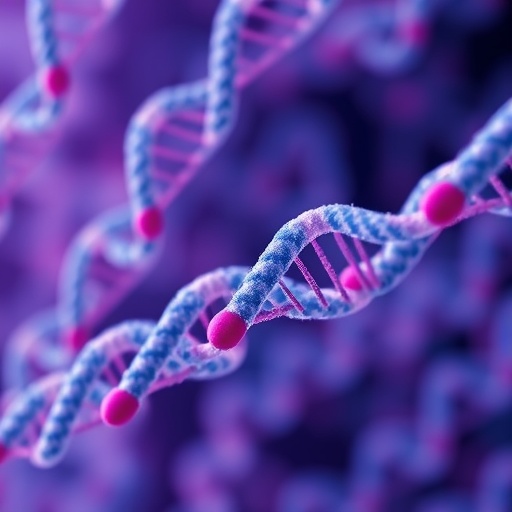
Credit: UEF
Adolescent drinking is associated with changes in the metabolite profile, a new study from the University of Eastern Finland and Kuopio University Hospital shows. Some of these changes were found to correlate with reduced brain grey matter volume, especially in young women who are heavy drinkers. The findings shed new light on the biological implications of adolescent drinking, and could contribute to the development of new treatments.
"For instance, heavy-drinking adolescents showed increased concentrations of 1-methylhistamine, which, in turn, was associated with reduced brain grey matter volume," Researcher Noora Heikkinen from the University of Eastern Finland explains.
1-methylhistamine is formed in the brain from histamine produced by immune responses.
"Our findings suggest that the production of histamine is increased in the brains of heavy-drinking adolescents. This observation can help in the development of methods that make it possible to detect adverse effects caused by alcohol at a very early stage. Possibly, it could also contribute to the development of new treatments to mitigate these adverse effects."
The study was a 10-year follow-up study among adolescents living in eastern Finland. The researchers determined the metabolite profiles of heavy- and light-drinking young adults, and used MRI to measure their brain grey matter volumes. These two methods have not been used in combination before, although previous studies have shown an association between heavy drinking and metabolite profile changes.
"What is new and significant about our study is the fact that we observed metabolite profile changes even in young people who consumed alcohol at a level that is socially acceptable. Moreover, none of the study participants had a diagnosis of alcohol dependence."
The findings indicate that even drinking that is not considered excessive has adverse effects on young people, both on their metabolism and brain grey matter volume, on the latter of which the research group has published findings already earlier.
"Although adolescent drinking is declining on average, we can see polarization: some adolescents are very heavy drinkers and they also use other substances," Heikkinen adds.
###
The study was published in Alcohol (online first).
For further information, please contact: Noora Heikkinen, Early Stage Researcher, Kuopio University Hospital, tel. +358 50 345 6088, [email protected]
Olli Kärkkäinen, Researcher, University of Eastern Finland [email protected]
Tommi Tolmunen, Chief Physician, Docent, Kuopio University Hospital, [email protected]
Research article: Heikkinen et al. Changes in the serum metabolite profile correlate with decreased brain grey matter volume in moderate-to-heavy-drinking young adults. Alcohol. In press. https://doi.org/10.1016/j.alcohol.2018.05.010
Media Contact
Noora Heikkinen
[email protected]
358-503-456-088
@UniEastFinland
http://www.uef.fi
Related Journal Article
http://dx.doi.org/10.1016/j.alcohol.2018.05.010





